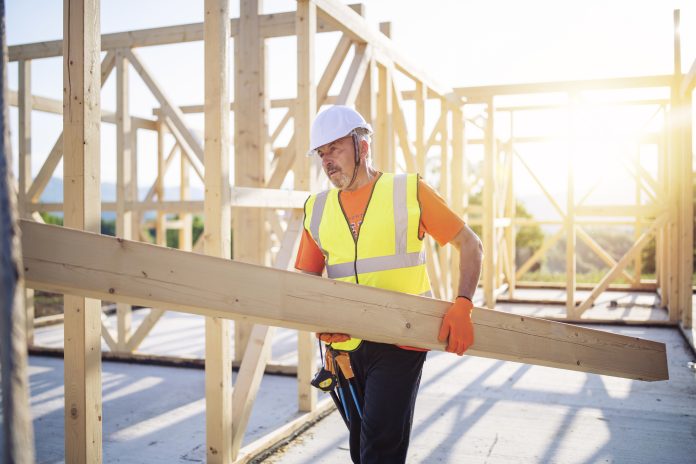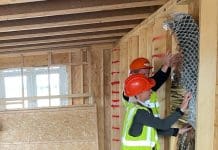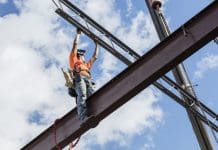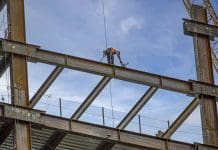The building industry is on the verge of a retirement crisis, as a HBF census finds one out of every five builders is over the age of 50
To prevent a decline in housebuilding, industry stakeholders are urging the government to create more construction training programmes to combat the retirement crisis.
The Homebuilder Federation (HBF) recently completed a workforce census, which found that only one in four students found employment upon finishing a full-time construction course. According to the HBF, this data highlights the shortcomings of the UK education system in providing practical and job-ready skills.
“As the country’s demand for energy-efficient homes grows, the government must introduce measures to ensure students leave the education system ready for work. Investment in the skills and education of the labour force is critical in ensuring this country has the knowledge and expertise needed to deliver the homes of the future,” said HBF executive chairman Stewart Baseley.
The British building sector is heavily reliant on overseas workers
Out of the 14,000 respondents, 20% were from overseas, with 16% coming from EU countries. This marks a 2% decrease compared to the census figures from 2017. Non-European participants made up slightly less than 4% of the respondents, which is nearly double that of 2017.
London had the highest dependence on foreign labour, with over half of the city’s workforce coming from the EU or the European Economic Area.
Bricklayers, plant operatives, and joiners are among the roles that are in the highest demand. The HBF has called for more collaboration between the government and the building industry to attract, train, and cultivate a skilled homebuilding workforce.
SMEs are likely to be affected by the retirement crisis
According to the HBF’s 2023 State of Play, nearly 60% of SME home builders faced challenges in recruiting site-based roles amid the retirement crisis. Development finance lenders, such as Brokers Hank Zarihs Associates, have noted difficulties in hiring the appropriate staff, leading to delays in project delivery.
The report also found that the on-site home-building workforce remains predominantly male, with 96% of respondents identifying as male. However, a greater percentage of female respondents occupied supervisory positions in comparison to their male counterparts.
Another recent study shows that the construction industry is facing a significant skills shortage, with only 8% of job positions being filled. Currently, there are 34,478 open positions for roles such as construction site manager, construction worker, and roofer. However, there are only 2,870 people searching for these jobs, which means there is a risk that only one in ten construction industry roles will be filled.
“With 30,000 more skilled workers required to build every additional 10,000 homes, there is growing urgency for the government to invest in building and developing the house-building workforce if it’s serious about achieving its 300,000 per annum target,” concluded Baseley.














